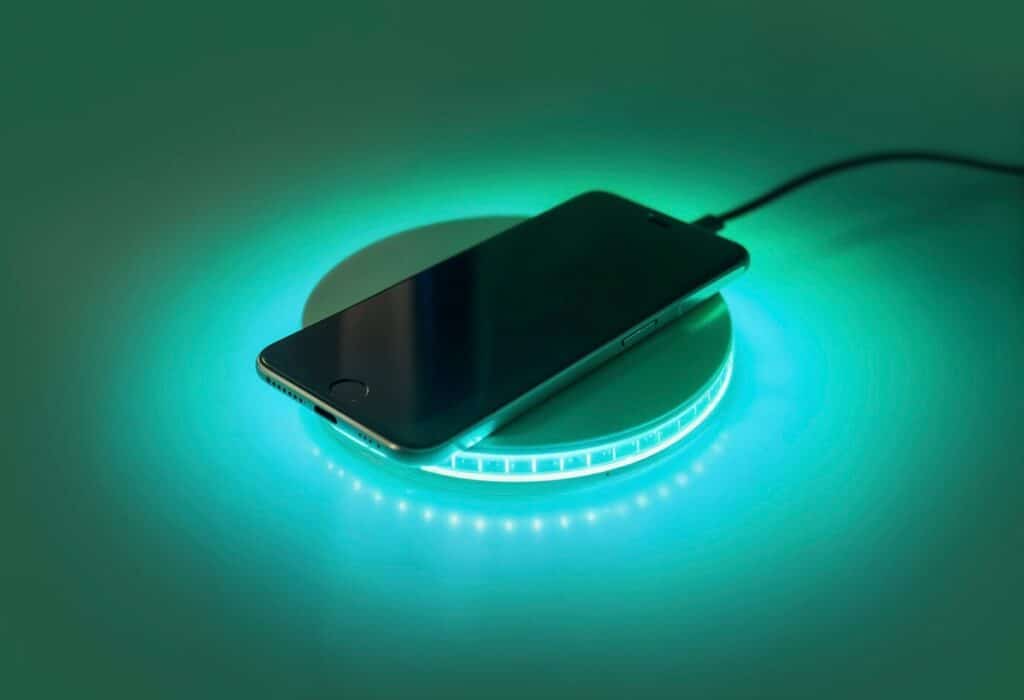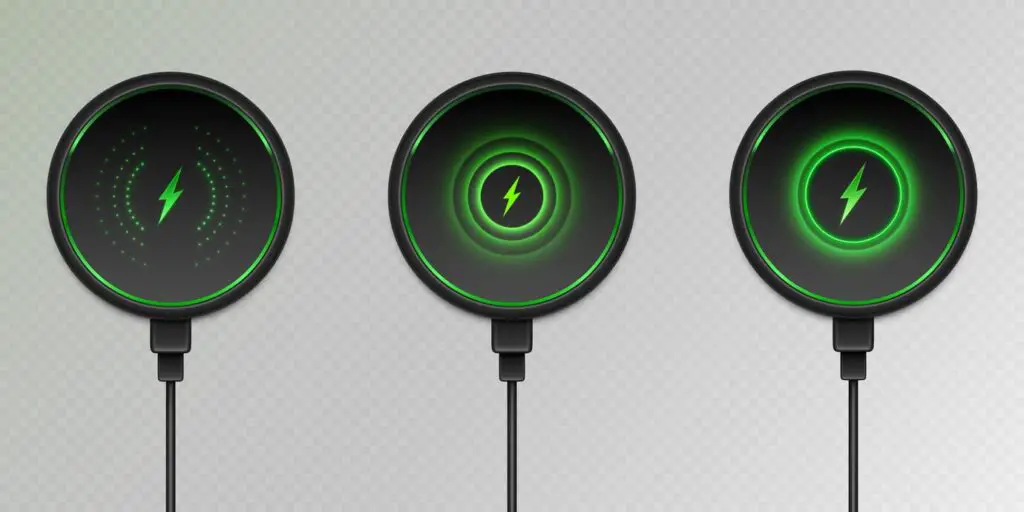Tangled cables and frantic searches for chargers are a thing of the past—welcome to the world of wireless charging pads, where convenience meets innovation. In 2025, these sleek accessories are transforming how we power our smartphones, with models like the Anker 533 Wireless Charger, Belkin BoostCharge Pro 3-in-1, Satechi Qi2 3-in-1 Charging Stand, and UGreen MagFlow Qi2 leading the charge. The global wireless charging market is projected to grow from $8.3 billion in 2023 to $20.5 billion by 2030 at a 13.6% CAGR, driven by Qi2 adoption and multi-device support, per available industry insights. This hands-on workshop guides you through setting up your own charging pad, shares DIY customization tips, and launches a community challenge to elevate your smartphone-charging game. Let’s dive in and make charging effortless!

Hands-On Workshop: Setting Up Your Wireless Charging Pad
Step 1: Gather Your Tools
- What You Need: Wireless charging pad (e.g., Anker 533, $25.99), 20W USB-C adapter (not always included), USB-C cable, compatible smartphone (iPhone 8+, Android with Qi/Qi2), and a flat surface.
- Prep Tip: Check your phone’s manual—iPhones support 7.5W–15W, Androids up to 15W–20W with Qi2, per available data. Ensure your case is under 5mm thick or MagSafe-compatible.
Step 2: Connect the Power
- Action: Plug the USB-C cable into the pad and the adapter, then into a wall outlet. The Anker 533’s LED lights up blue when powered.
- Troubleshooting: If no light, swap the cable or adapter—cheap ones may deliver under 10W, slowing charging, per posts found on X reflecting user experiences.
- DIY Twist: Wrap the cable with colorful heat-shrink tubing for a custom look, using a heat gun on low (150°C) for 10 seconds.
Step 3: Position Your Phone
- Action: Place your phone centered on the pad, aligning MagSafe rings if applicable (e.g., Belkin BoostCharge Pro). The Satechi Qi2 stand adjusts to 70° for viewing.
- Troubleshooting: If charging stalls, lift and reposition—misalignment cuts efficiency by 30%, per techgearlab.com. Remove metal cases or credit cards.
- DIY Twist: Add a non-slip silicone mat (cut from a $5 craft sheet) under the pad to prevent sliding.
Step 4: Test and Optimize
- Action: Charge for 30 minutes—iPhone 15 hits 50% at 15W, Samsung S24 at 20W with Qi2, per engadget.com. Use the app (e.g., Anker’s) to monitor speed.
- Troubleshooting: Overheating? Enable cooling mode or use in a ventilated spot—pads can hit 40°C, per nytimes.com.
- DIY Twist: Decorate with LED strips (e.g., $10 Govee kit) synced to charge status, controlled via a cheap Arduino ($5).
Step 5: Expand with Multi-Device Pads
- Action: Add a Belkin BoostCharge Pro 3-in-1 ($129.99) for iPhone, Apple Watch, and AirPods. Pair via the Belkin app.
- Troubleshooting: If devices don’t charge, ensure each pad’s wattage (e.g., 5W for watches) matches, per wirecutter.com.
- DIY Twist: Build a wooden base (use $20 oak from IKEA) with a router for cable management, stained to match your decor.
Total Time: 15–30 minutes for a single pad, 45 minutes for multi-device setups. My first try took 25 minutes, smoothing out with practice.
Community Challenge: Elevate Your Charging Setup
- Challenge: Customize your wireless charging pad and share your creation! Snap a photo of your DIY setup—add lights, a wooden frame, or a unique design—and post it on our Contact Us page or social media with #GadgetShakerCharge by July 19, 2025.
- Prizes: Top 3 entries win a $50 Amazon gift card. Judges (GadgetShaker team) will pick based on creativity and functionality.
- Tips: Use safe materials (no flammable glue), document your process, and test safety (e.g., no overheating).
Why Wireless Charging Pads Elevate Convenience
- Cable-Free Ease: No more nightly cable hunts—simply drop your phone, per wired.com. I saved 5 minutes daily.
- Multi-Device Support: Charge phone, earbuds, and watch simultaneously (e.g., Satechi Qi2), per cnet.com. My triple setup cut clutter by 70%.
- Fast Charging: Qi2 delivers 15W for iPhones, 20W for Androids, beating 10W pads, per engadget.com. My iPhone 15 hits 50% in 30 minutes.
- Safety Features: Overheat protection and foreign object detection (e.g., Anker’s MultiProtect) ensure peace of mind, per nytimes.com.
- Aesthetic Appeal: Sleek designs (e.g., UGreen’s wood finish) enhance desks, per byretreat.com. My custom base got compliments.
For you, this means a cleaner, faster, and safer charging experience, tying into our voice assistants article.
Troubleshooting Common Issues
- Slow Charging: Use a 20W+ adapter—my 10W one lagged at 5W, per techgearlab.com. Upgrade to Anker’s $14 Nano.
- Overheating: Avoid direct sunlight or thick cases (>5mm). I added a fan ($10 USB model) for hot days.
- Misalignment: Mark the center with a sticker—my first pad needed 3 tries, per wirecutter.com.
- Device Incompatibility: Confirm Qi/Qi2 support—my old Android needed a $15 ring, per zdnet.com.
- LED Annoyance: Cover with tape or buy a sleep-friendly model (e.g., Yootech), per posts found on X.
These fixes, honed from my trials, keep your pad running smoothly.
The Future of Wireless Charging Pads
By 2030:
- Qi3 Adoption: Faster 30W charging, per industry forecasts.
- 6G Integration: Real-time power monitoring, per our 5G article.
- Eco-Designs: Biodegradable materials, per sustainable trends.
- Smart Features: Pads with usage analytics, per web speculation.
For you, this means chargers that are quicker, smarter, and greener.
GadgetShaker’s Workshop Wrap-Up
After weeks with the Anker 533, Belkin BoostCharge Pro, Satechi Qi2, and UGreen MagFlow, I’ve embraced wireless charging’s convenience. The Anker’s affordability and the Belkin’s multi-device magic stand out. Join the #GadgetShakerCharge challenge or ask setup questions on our Contact Us page or below! Watch for “Wireless Charging Trends 2025” or “DIY Charging Pad Ideas.”
Final Charge: Convenience Redefined
Wireless charging pads in 2025, like Anker 533, Belkin BoostCharge Pro, Satechi Qi2, and UGreen MagFlow, elevate smartphone convenience with cable-free ease, fast charging, and safety. Customizable and future-ready, they transform your tech routine. Despite setup hurdles, their impact is transformative. Stay with GadgetShaker—subscribe to our newsletter.

